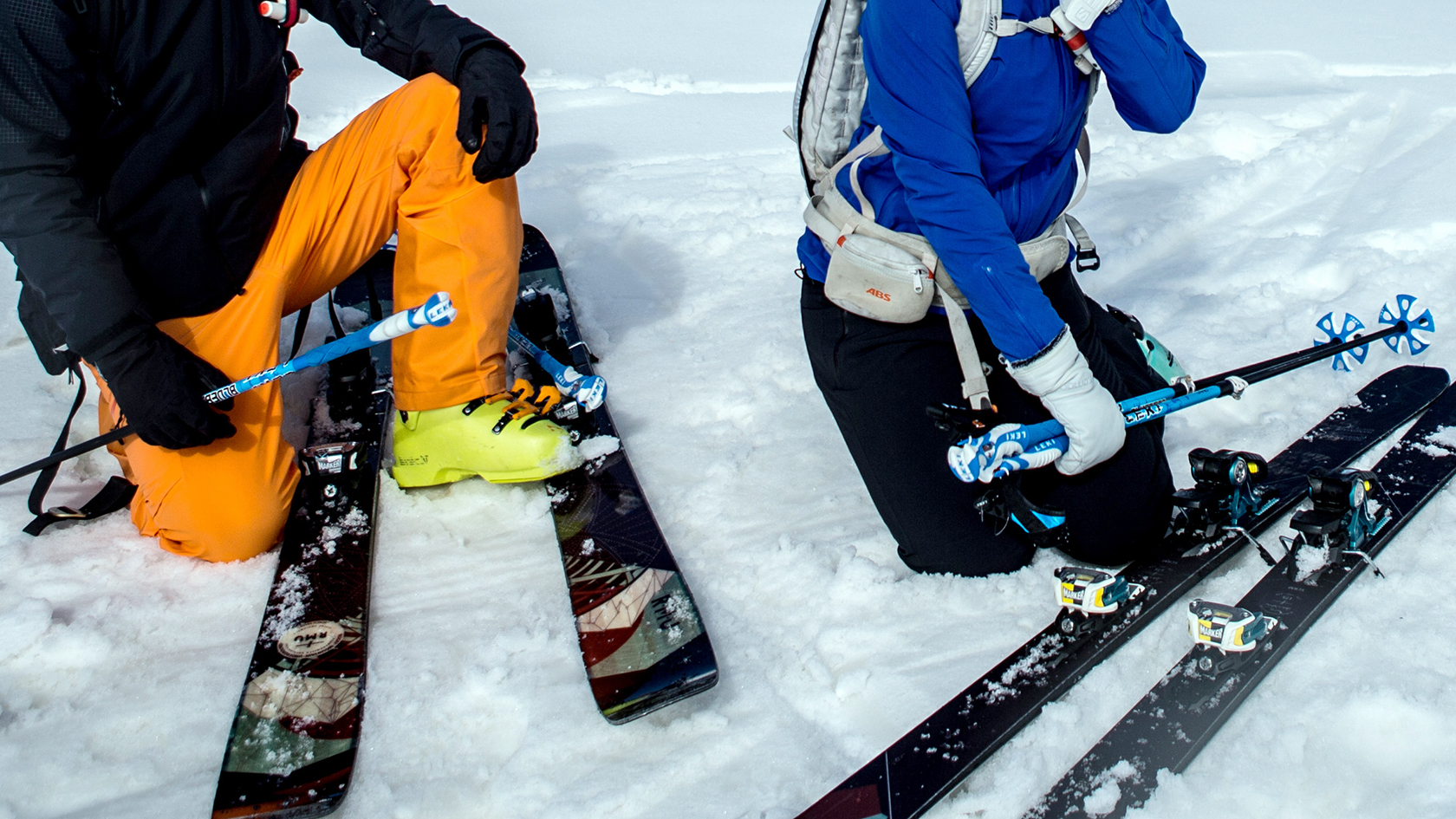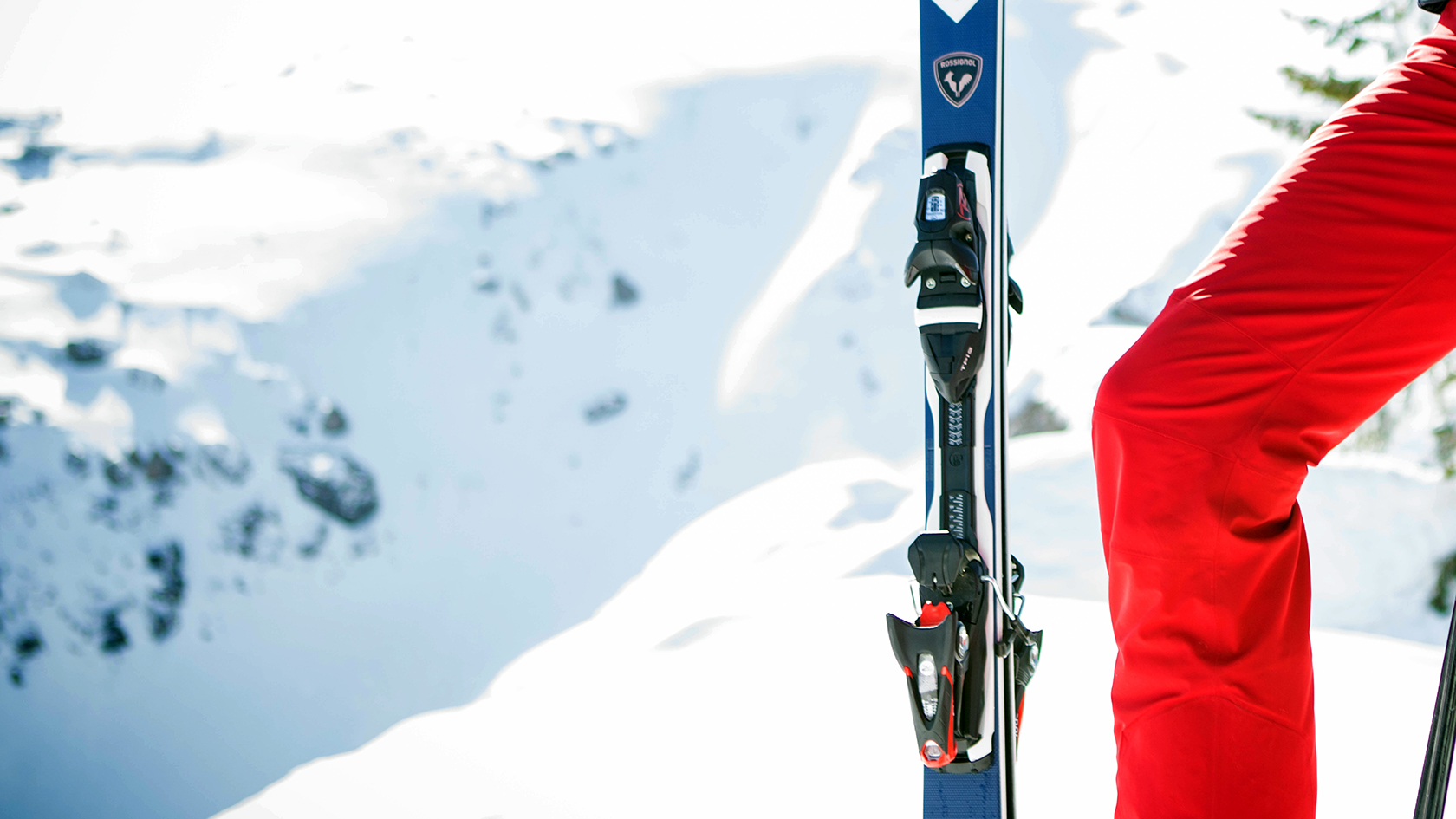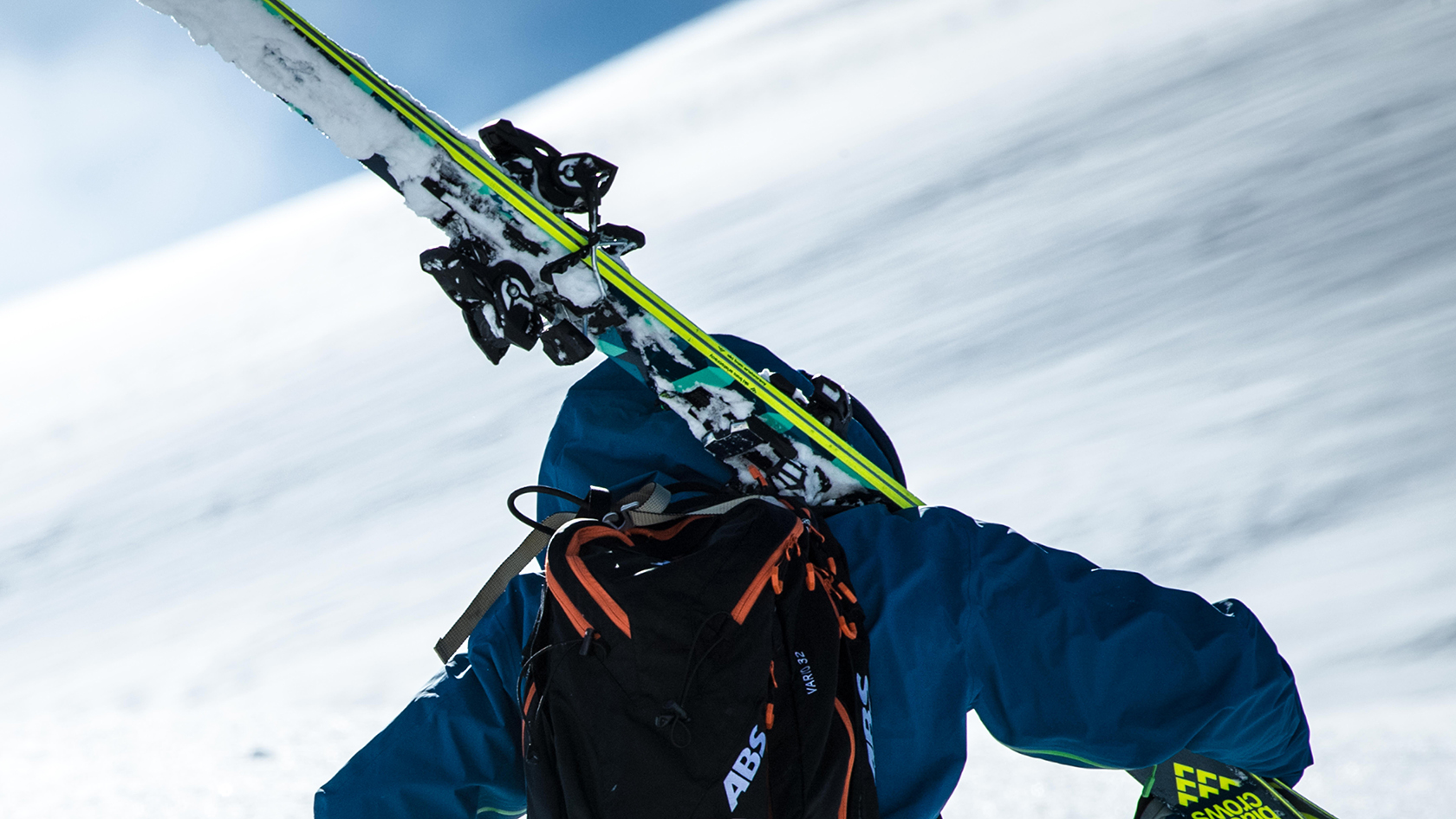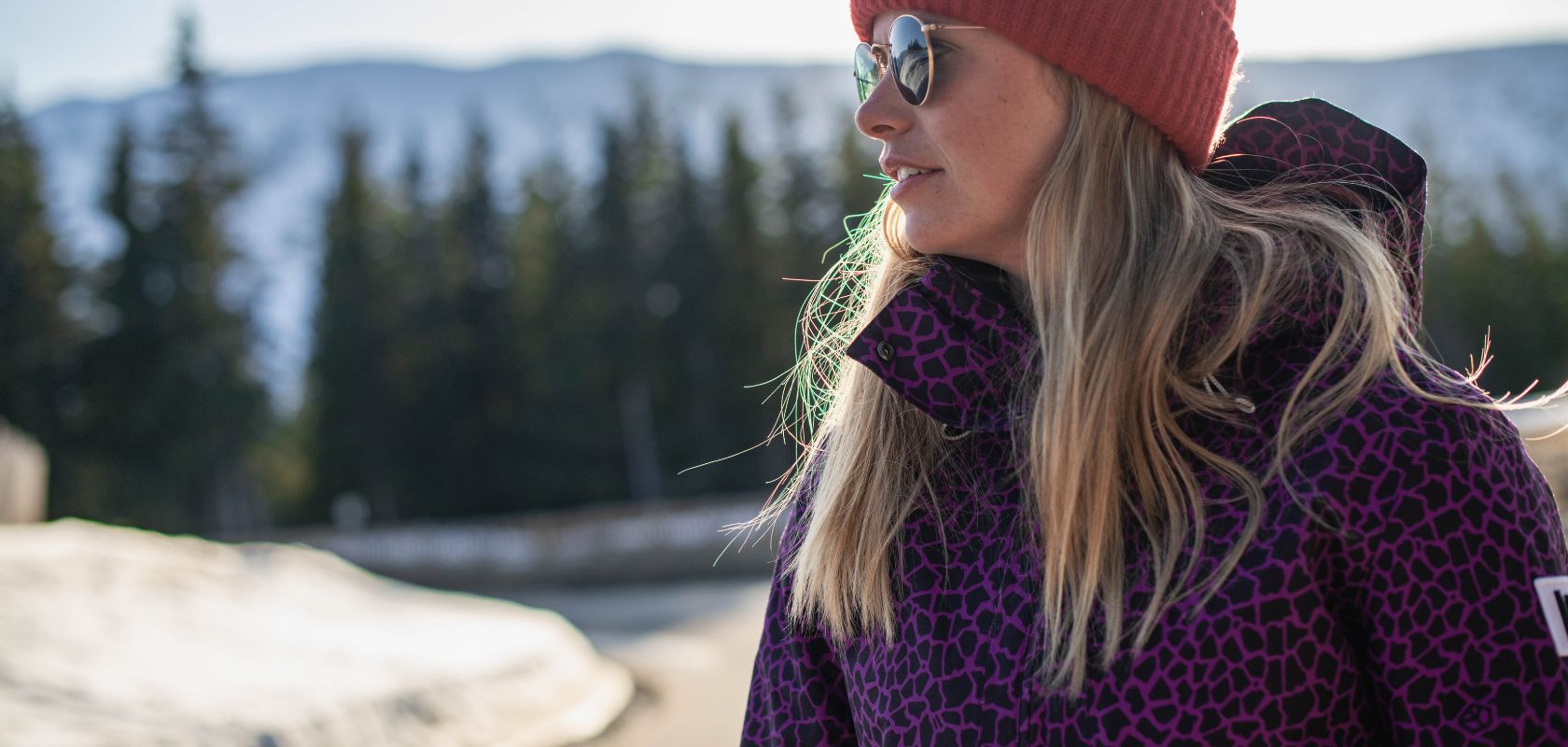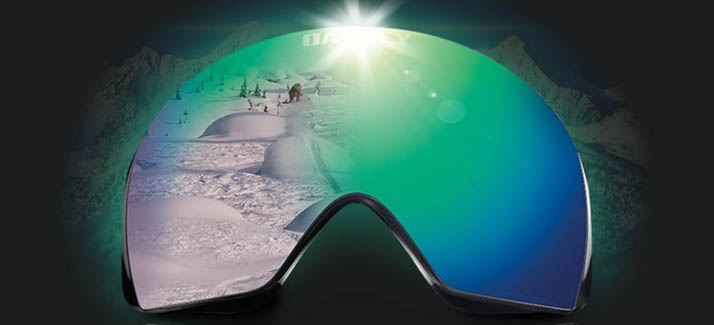Ski bindings are often overlooked, yet they play an indispensable role in your skiing experience by securely connecting your boots to your skis and ensuring that energy and movement are efficiently transferred from your body to the snow. A well-chosen and properly set binding not only enhances your control and performance but also acts as a critical safety device, releasing your boots in the event of a fall to help prevent injuries. Whether you are a beginner learning the basics or an advanced skier pushing your limits, understanding ski bindings and DIN settings is essential for maximising both enjoyment and safety on the slopes.
What Are Ski Bindings?
Ski bindings are sophisticated mechanical devices engineered to attach your ski boots to your skis, forming the essential interface that transmits your movements to your equipment. When you initiate a turn, shift your weight, or carve through powder, the bindings ensure your intentions are translated directly to your skis, providing the responsiveness and control you need for effective skiing. Beyond performance, ski bindings are designed with safety as a top priority. They are equipped with release mechanisms that allow your boots to detach from the skis when subjected to excessive force, such as during a fall, thereby reducing the risk of leg and knee injuries. The design and construction of ski bindings have evolved significantly over the years, now featuring advanced materials and precision engineering to balance retention and release, adapting to different skiing styles, skill levels, and boot types.

Types of Ski Bindings
Alpine (Downhill) Bindings
Alpine bindings are the most prevalent choice for resort and piste skiing, offering a secure connection at both the toe and heel of the boot. These bindings are engineered to provide maximum control and power transfer, making them ideal for skiers who prioritise stability and precision on groomed runs or challenging terrain. The release mechanisms are adjustable via the DIN setting, allowing customisation based on skier weight, ability, and boot size for optimal safety. Modern alpine bindings often incorporate anti-friction devices and elastic travel features to further enhance their performance and reliability.
Alpine Touring (AT) Bindings
Alpine Touring bindings, sometimes called AT or randonnée bindings, are crafted for skiers who venture beyond the boundaries of ski resorts into backcountry terrain. These bindings are unique in that they allow the heel to lift during uphill climbs, mimicking the motion of walking, and then lock down for secure descents. This dual functionality provides the freedom to explore untouched snow while retaining the downhill performance of traditional alpine bindings. Compatibility with specialised touring boots is essential, as these bindings require specific toe and heel fittings to operate correctly.
Tech (Pin) Bindings
Tech bindings, also known as pin bindings, are favored by ski tourers and backcountry enthusiasts seeking lightweight equipment for long ascents. Instead of the traditional frame, tech bindings use metal pins at the toe and heel to secure the boot, reducing overall weight and allowing for a more natural stride when climbing. Despite their minimalist design, many tech bindings offer robust retention and release mechanisms, though they require boots with dedicated tech fittings. Their popularity continues to grow among those who prioritise efficiency and mobility in the mountains.
Telemark Bindings
Telemark bindings are designed for a distinct style of skiing that features a free-heel technique, enabling skiers to perform telemark turns characterised by a lunging motion. Unlike alpine bindings, telemark bindings secure only the toe of the boot, leaving the heel unrestrained for greater flexibility and movement. This style appeals to skiers who enjoy the challenge and artistry of telemarking, as well as those seeking versatility in varied terrain. Telemark bindings come in several designs, from traditional cable bindings to modern NTN (New Telemark Norm) systems, each offering unique advantages for different preferences and skill levels.
Integrated/System Bindings
Integrated or system bindings are engineered to work exclusively with specific skis, typically featuring a pre-mounted plate or track system on the ski itself. This design simplifies the mounting process and allows for easy adjustment of binding position, making it convenient for skiers who may want to fine-tune their setup. However, the trade-off is limited compatibility, as these bindings are only compatible with certain ski and boot models. System bindings are popular among recreational skiers and those who value convenience and straightforward adjustments.
How Do Ski Bindings Work?
The functionality of ski bindings centers on their ability to securely hold your boots in place while skiing and to release them when necessary to prevent injury. Inside each binding, a combination of springs, levers, and release mechanisms work together to balance retention and release forces. When skiing normally, the binding’s spring tension keeps your boot firmly attached, ensuring that your energy and movements are efficiently transferred to the ski. However, if excessive force is applied—such as during a fall or awkward landing—the binding is designed to release the boot, allowing you to separate from the ski and minimise the risk of leg injuries. The force required for this release is determined by the DIN setting, which is tailored to your weight, height, age, skiing ability, and boot sole length. Additionally, most bindings are equipped with brakes that deploy when the boot is released, preventing runaway skis and enhancing safety for everyone on the mountain.

What Is a DIN Setting?
The DIN setting, an acronym for Deutsches Institut für Normung (German Institute for Standardisation), is a critical numerical value that determines the amount of force required for your ski bindings to release your boots. A properly set DIN ensures that your bindings will release during a fall or excessive twisting motion, reducing the likelihood of injury, while also preventing premature release during aggressive skiing or challenging terrain.
Factors that affect your DIN setting:
- Weight
- Height
- Age
- Skiing ability (beginner, intermediate, advanced)
- Boot sole length
Beginners and lighter skiers typically require lower DIN settings for easier release, while advanced or heavier skiers may need higher settings for greater retention. It is essential to strike the right balance, as a setting that is too high can prevent necessary release, increasing injury risk, while a setting that is too low can lead to unwanted release and loss of control. Always consult a certified technician to determine and set your correct DIN value, as this is a key element of your skiing safety and performance.

How to Find Your Correct DIN Setting
Determining your DIN setting requires honest self-assessment and accurate measurements. Certified ski technicians use a standardised formula, but you can get a general idea using online calculators or DIN charts
1. Identify your skier type
- Type 1: Cautious, prefers slower speeds, on easy terrain
- Type 2: Moderate skiing, varied terrain and speeds
- Type 3: Aggressive skiing, high speeds, challenging terrain
2. Measure your weight and height.
You’ll need to measure your weight and height, as these physical attributes directly influence the forces exerted on your bindings during a fall.
3. Find your boot sole length (usually printed on the boot in millimeters).
Your boot sole length, typically printed in millimeters on the side of your ski boot, is another crucial factor, as it affects the leverage applied to the binding.
4. Adjust for age
Age is also considered, with skiers under 10 or over 50 typically requiring a lower DIN setting for added safety.
5. Use a DIN chart or calculator for your setting.
Once you have gathered this information, you can reference a DIN chart or use an online calculator to estimate your setting, but it is always advisable to have your bindings adjusted and tested by a certified ski technician before hitting the slopes.
Ski Binding DIN Setting Chart
A DIN setting chart serves as a valuable reference for skiers seeking to understand the relationship between their physical characteristics and the recommended binding release values. The chart typically cross-references skier weight, height, boot sole length, and skier type to provide a suggested DIN setting. For example, a lighter skier with a shorter boot sole length and beginner status will be assigned a lower DIN, ensuring the bindings release more easily in the event of a fall. Conversely, a heavier, more aggressive skier with a longer boot sole will require a higher DIN for adequate retention. It is important to note that the chart provides general guidelines and should not replace professional assessment and adjustment by a certified technician, as individual needs and equipment variations can influence the optimal setting.
| Skier Weight (kg). | Height (cm) | Boot Sole Length (mm) | Skier Type 1 (Beginner) |
Skier Type 2 (Intermediate) |
Skier Type 3 (Advanced) |
|---|---|---|---|---|---|
| 45-49 | 148-152 | 251-270 | 2.0 | 2.5 | 3.0 |
| 50-59 | 153-158 | 271-290 | 2.5 | 3.0 | 3.5 |
| 60-69 | 159-164 | 291-310 | 3.0 | 3.5 | 4.0 |
| 70-79 | 165-170 | 311-330 | 3.5 | 4.0 | 4.5 |
| 80-89 | 171-176 | 331-350 | 4.0 | 4.5 | 5.0 |
| 90-99 | 177-182 | 351-370 | 4.5 | 5.0 | 5.5 |
| 100+ | 183+ | 371+ | 5.0 | 5.5 | 6.0 |
How to Adjust Ski Bindings
Adjusting ski bindings is a precise task that directly impacts your safety and skiing performance. The process begins with collecting accurate personal data, including your weight, height, age, boot sole length, and an honest assessment of your skiing ability. With this information, you can use a DIN chart or calculator to determine your recommended setting, but this should serve only as a starting point. The actual adjustment involves setting the DIN values on both the toe and heel pieces of the bindings to match your calculated number. Additionally, the bindings must be adjusted to fit your boot sole length, ensuring a secure and responsive connection.
After the initial setup, it is essential to test the retention and release mechanisms to confirm that they function correctly under simulated stress. For optimal safety, always have your bindings checked and adjusted by a certified ski technician, as improper settings can lead to premature release or failure to release during a fall, both of which increase the risk of injury.
Mounting Ski Bindings: What You Need to Know
The mounting of ski bindings is a critical process that affects both your safety and the performance of your skis. Proper mounting ensures that the bindings are positioned at the correct point on the ski, typically aligned with the manufacturer’s recommended mid-sole mark. This position provides a balanced stance and optimal control for most skiers, but some may choose to mount bindings slightly forward for quicker turn initiation or farther back for increased stability and float in powder conditions.
Compatibility is another essential consideration, as not all bindings fit every ski or boot type, and using incompatible equipment can compromise safety and void manufacturer warranties. The installation process requires specialised tools and expertise to ensure that the bindings are securely attached and properly aligned. For these reasons, it is strongly recommended to have your bindings mounted by a certified technician, who can also verify the correct DIN setting and perform safety checks before you take to the slopes.
Ski Binding Brakes and Compatibility
What Are Ski Binding Brakes?
Ski binding brakes are a vital safety feature designed to prevent runaway skis in the event of a release. When your boot disengages from the binding, the brakes deploy automatically, digging into the snow to stop the ski from sliding down the slope and potentially causing injury to others. Selecting the correct brake width is important; the brake arms should be at least as wide as your ski’s waist but not excessively wider, as overly wide brakes can drag in the snow and affect performance, while narrow brakes may not clear the ski edges properly.
Boot and Binding Compatibility
Compatibility between your boots and bindings is also crucial, as different types of boots—such as alpine, touring, or telemark—have unique dimensions and standards that may not fit all bindings. Always check that your boots and bindings are compatible before purchasing or mounting, and consult a professional if you are unsure.
Ski Binding Features Explained
- Anti-Friction Device (AFD) → A sliding or fixed low-friction device under the toe piece, designed to minimise friction and ensure smooth release during a fall
- Elastic Movement → Bindings allow for a certain amount of elastic travel, absorbing shocks and reducing the chance of accidental release.
- Riser Plates → Riser plates give more leverage and steeper lean angles, popular with racers and carvers. FIS regulations have limited their use in competition1.
- Toe Height Adjustment → Some bindings feature adjustable toe height to ensure proper fit with different boots. Automatic or manual adjustment may be required.
FAQs
Ski bindings are mechanical devices that attach your ski boots to your skis, ensuring your movements are effectively transferred to the skis while also providing a crucial safety mechanism by releasing your boots during a fall to help prevent injury. The right bindings are essential for both performance and safety on the slopes.
DIN stands for “Deutsches Institut für Normung,” the German Institute for Standardisation. The DIN setting is a numerical value that determines the force required for your ski bindings to release your boots, which is critical for balancing safety and performance.
Your DIN setting is calculated based on your weight, height, age, skiing ability, and boot sole length. It’s important to use a DIN chart or calculator as a starting point, but you should always have your bindings checked and set by a professional ski technician for safety.
While you can reference a DIN chart or calculator, it is strongly recommended to have your bindings mounted and adjusted by a certified ski technician. Incorrect settings can increase the risk of injury or equipment failure.
No, not all ski boots are compatible with every binding. Compatibility depends on the boot sole standard (such as Alpine, Touring, GripWalk, or WTR) and the binding’s specifications. Always check the manufacturer’s guidelines to ensure your boots and bindings are compatible.
You should have your bindings and DIN settings checked at the start of each ski season, after any significant weight or ability changes, or if you change boots. Regular checks help ensure your safety and optimal performance.
A DIN setting that is too high may prevent your bindings from releasing during a fall, increasing the risk of injury. A setting that is too low can cause premature release, reducing control and increasing the chance of falls.
The main types of ski bindings are Alpine (downhill), Alpine Touring (AT), Tech (pin), Telemark, and Integrated/System bindings. Each type is designed for specific skiing styles and boot compatibility.
The brake width should match or be slightly wider than the waist width of your skis. Too narrow and the brakes won’t clear the ski edges; too wide and they may drag in the snow, affecting performance.
Most skis have a recommended mounting point indicated by the manufacturer, usually at the mid-sole mark. This provides balanced performance, but some skiers may choose to mount bindings forward for quicker turns or back for more stability in powder. Always have bindings mounted by a professional.
Related Articles

Let us know you agree to cookies
We use marketing, analytical and functional cookies as well as similar technologies to give you the best experience. Third parties, including social media platforms, often place tracking cookies on our site to show you personalised adverts outside of our website.
We store your cookie preferences for two years and you can edit your preferences via ‘manage cookies’ or through the cookie policy at the bottom of every page. For more information, please see our cookie policy.
